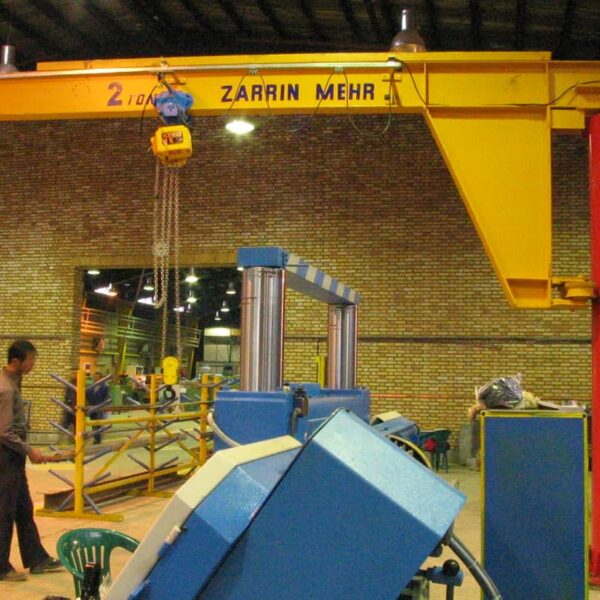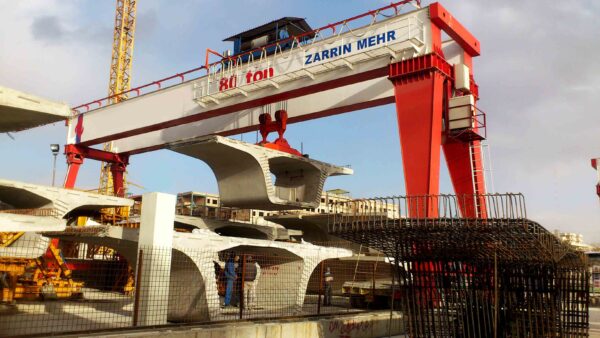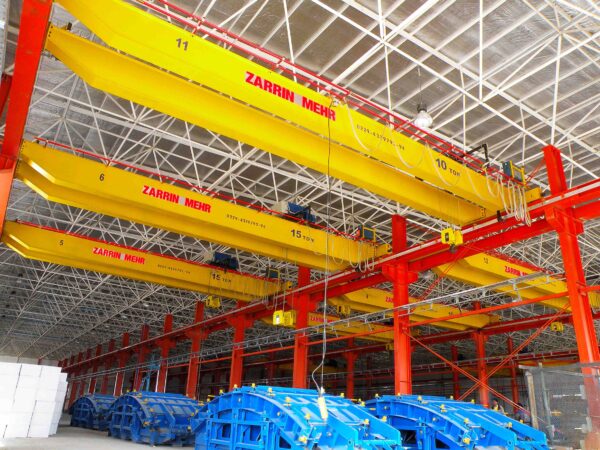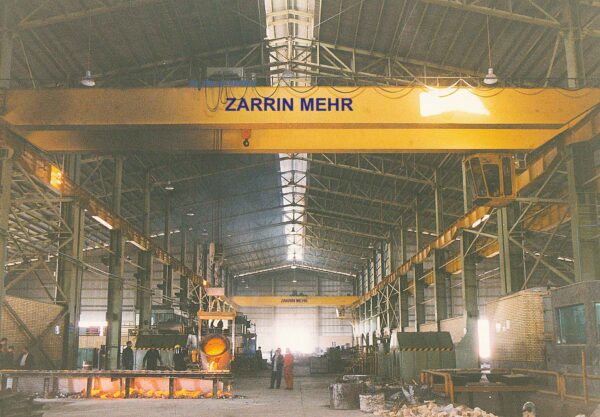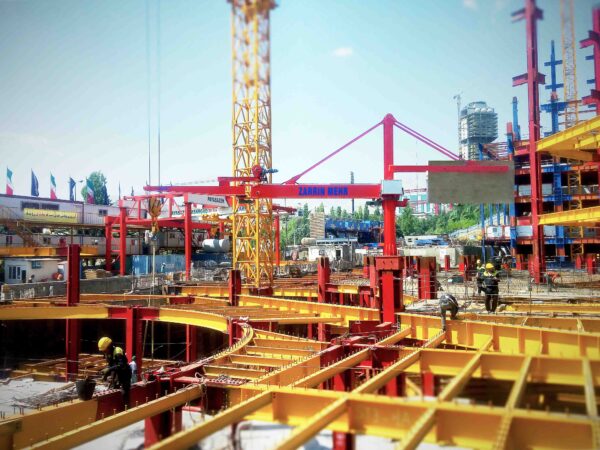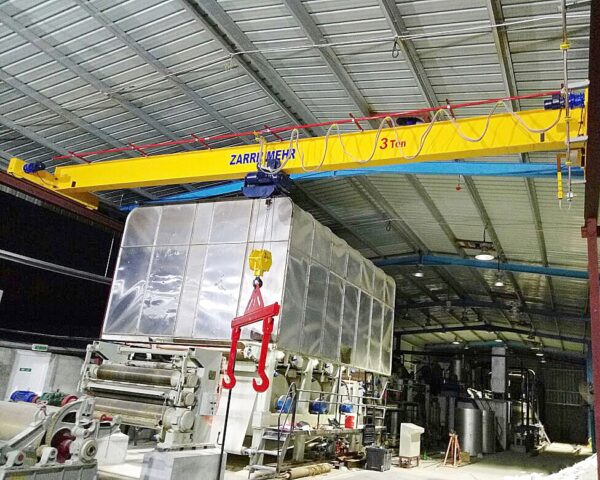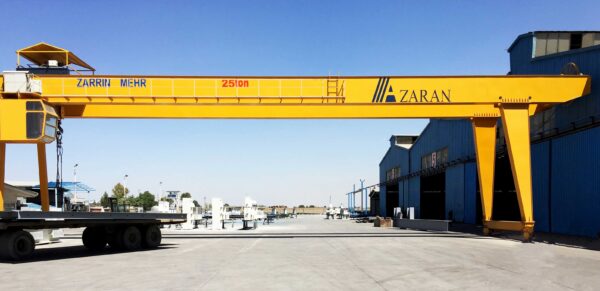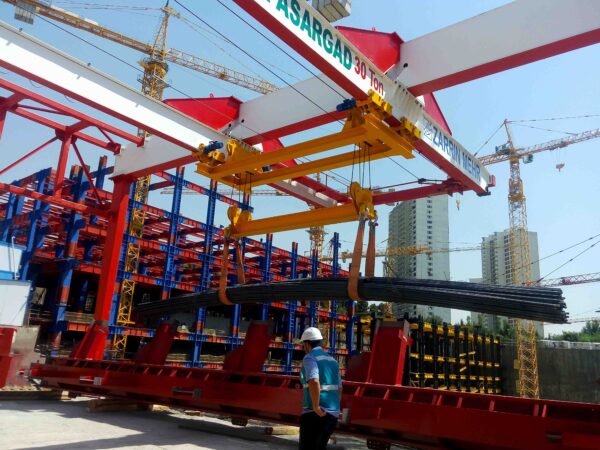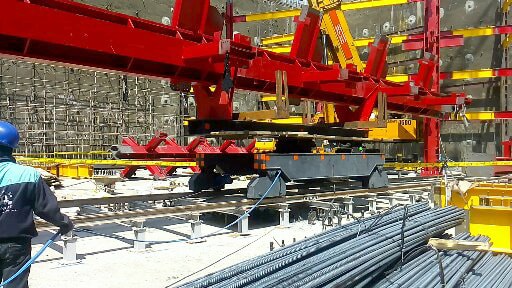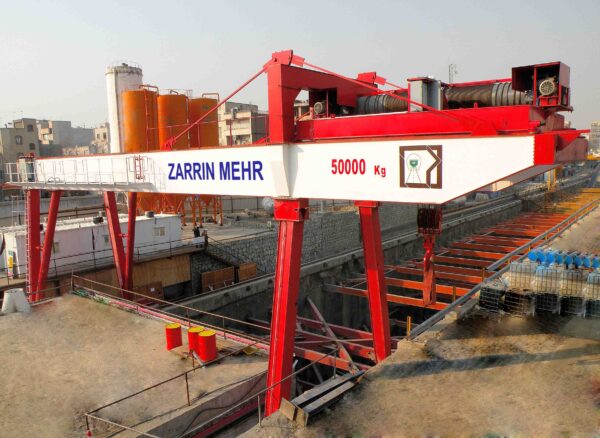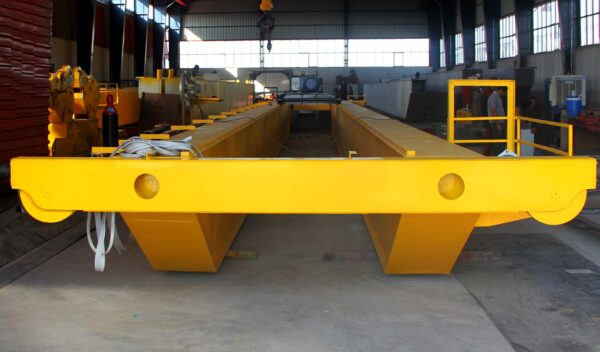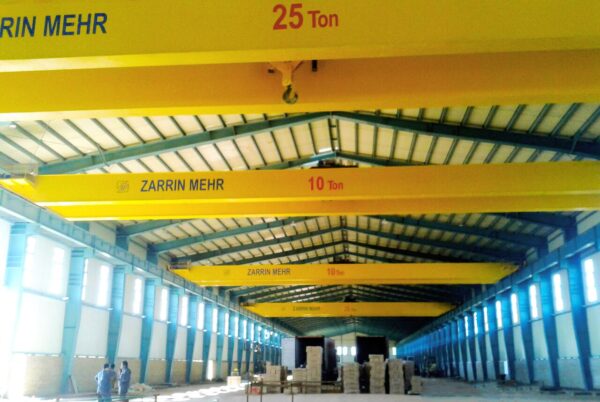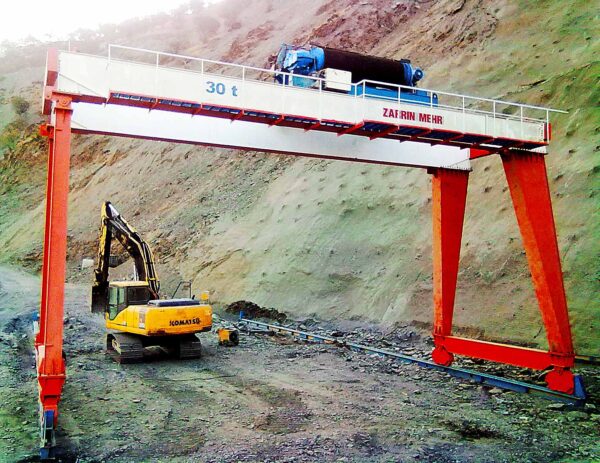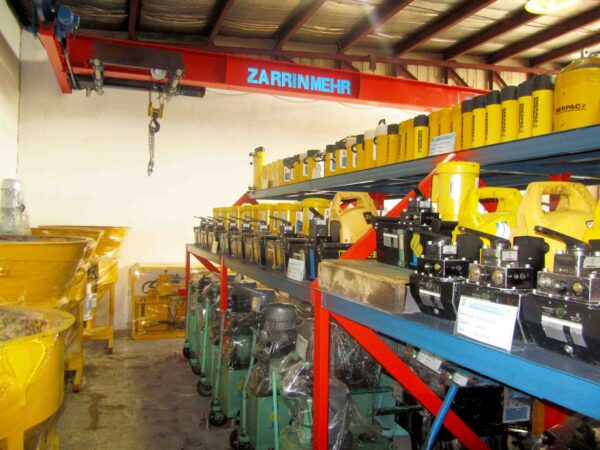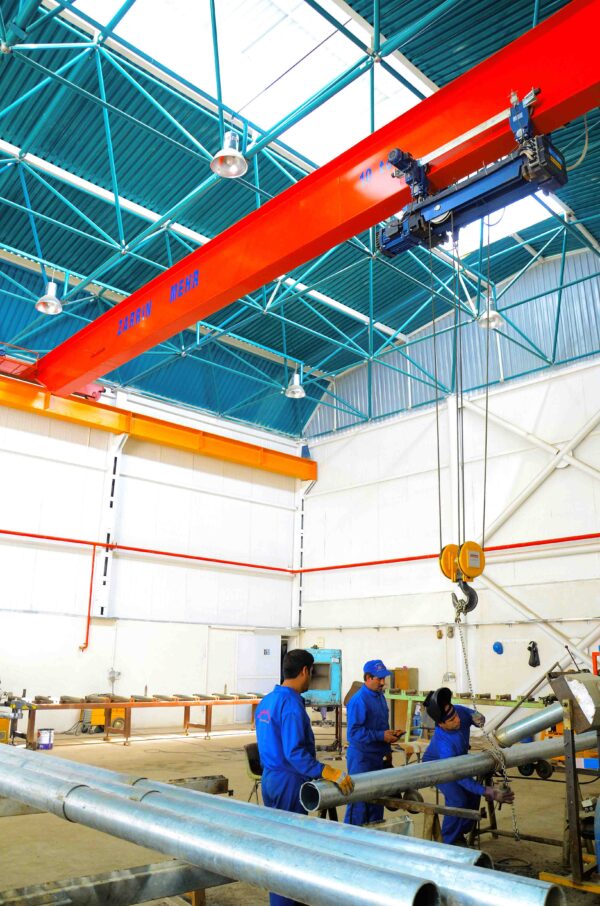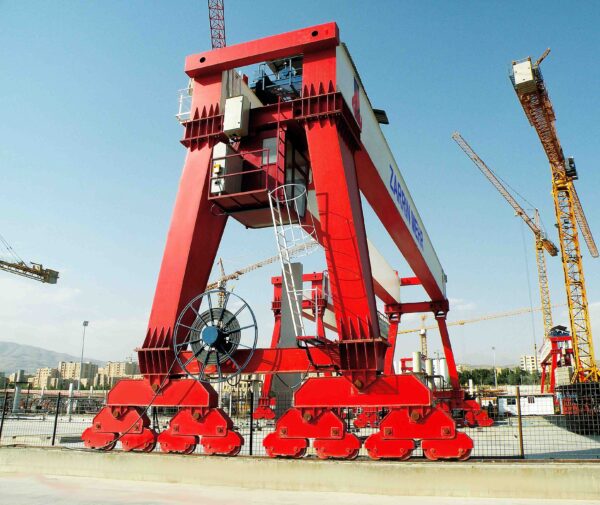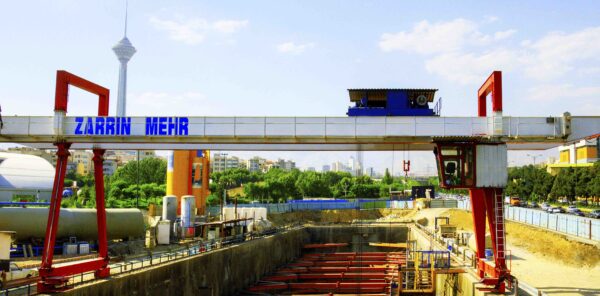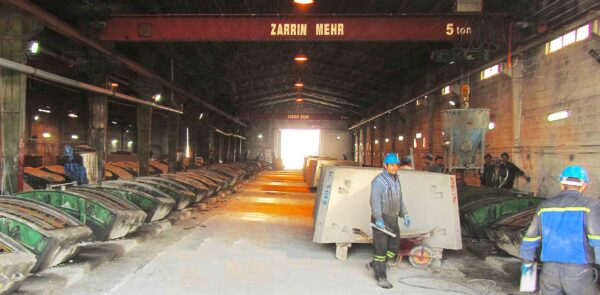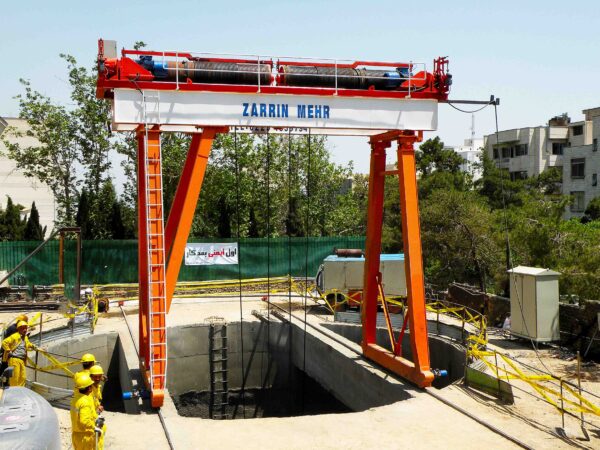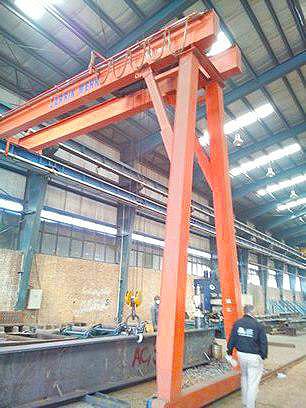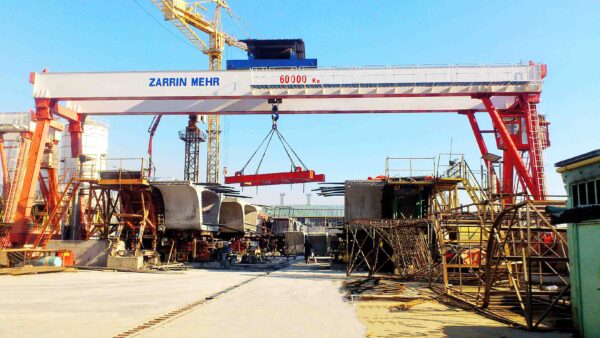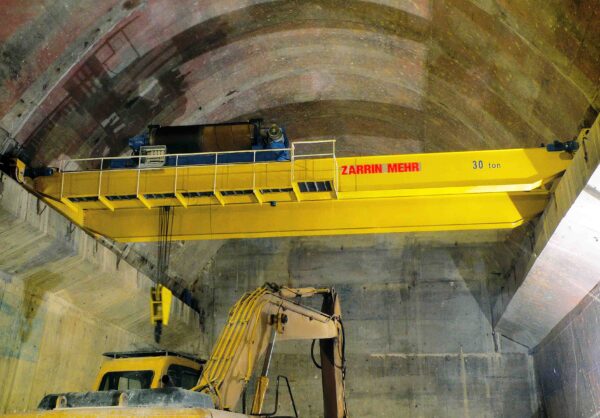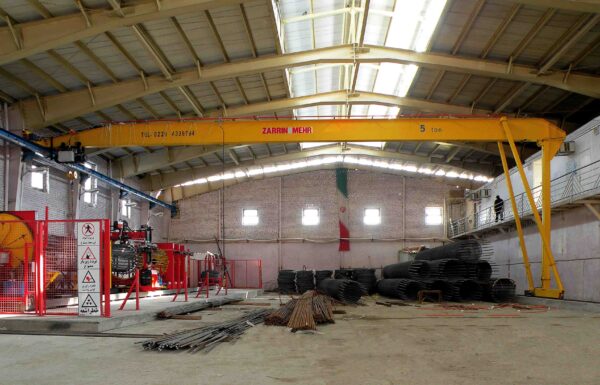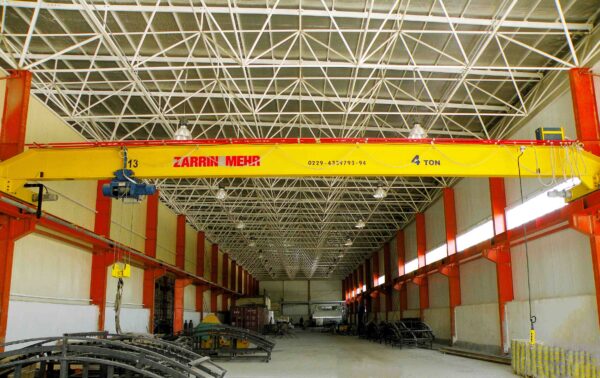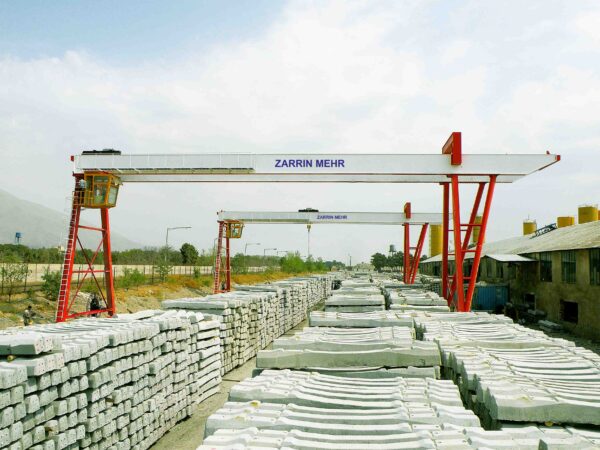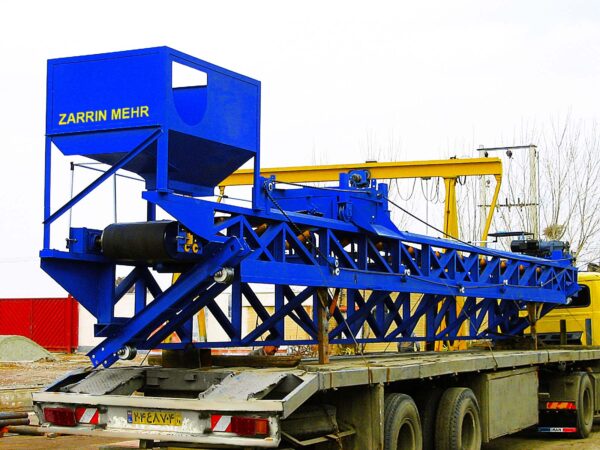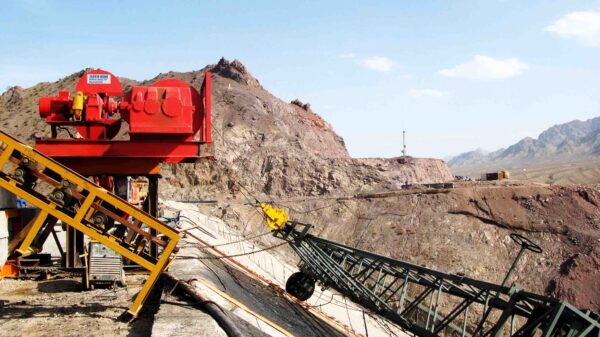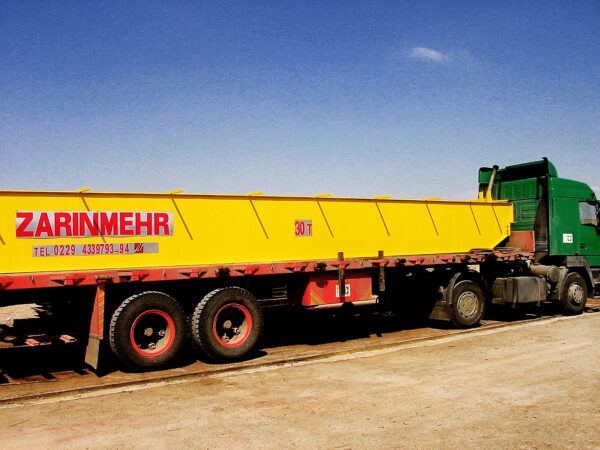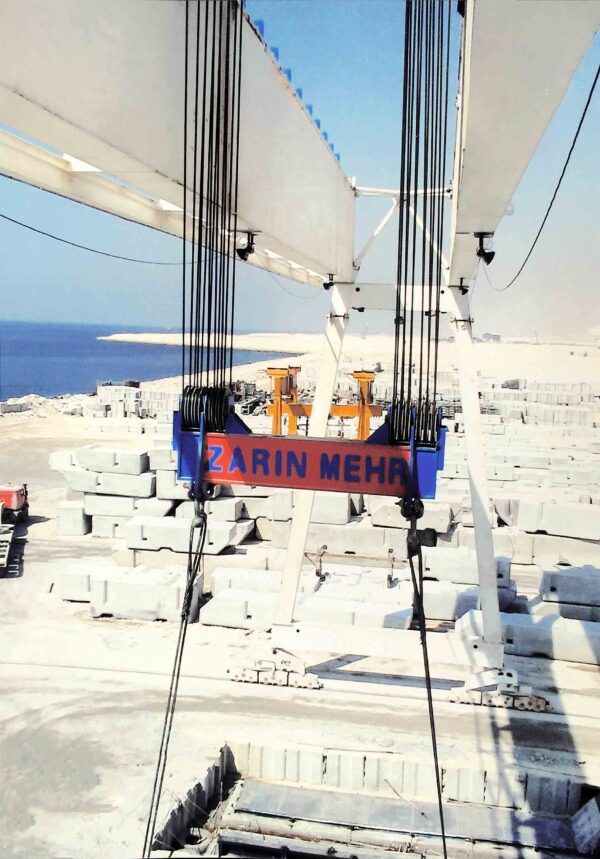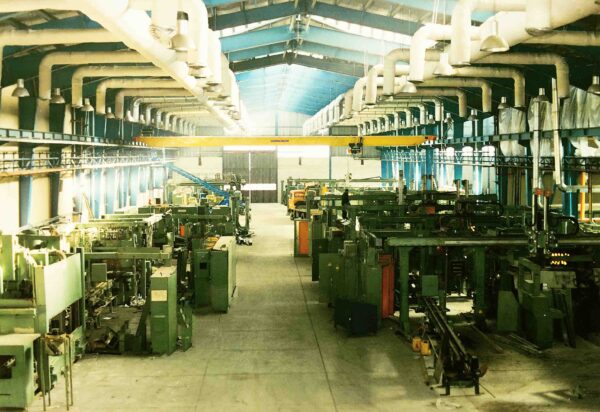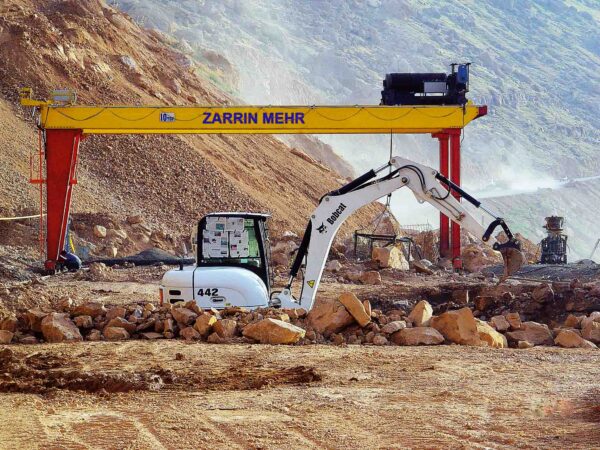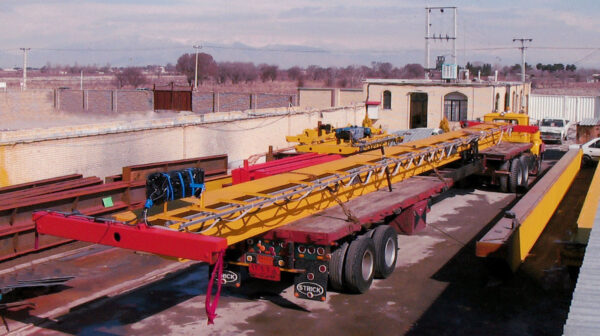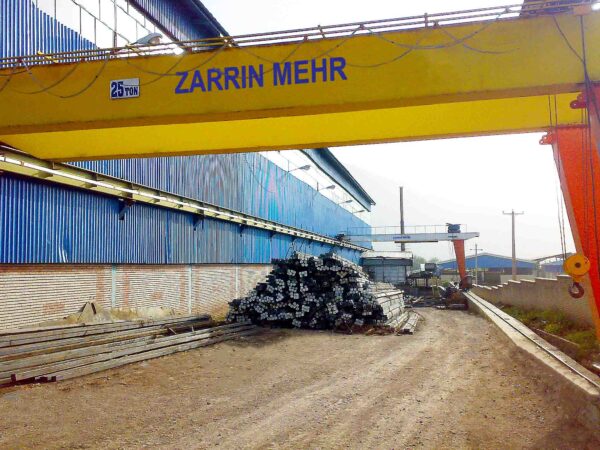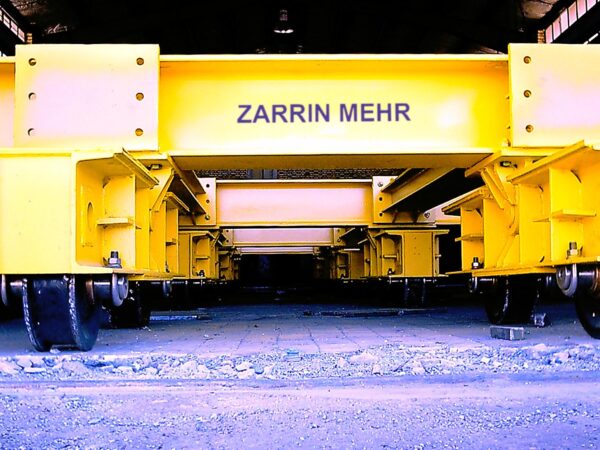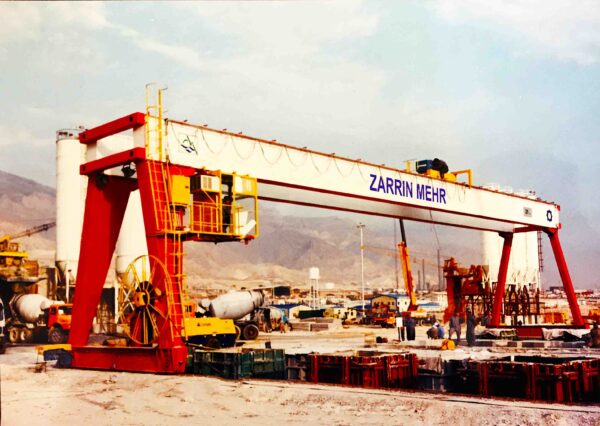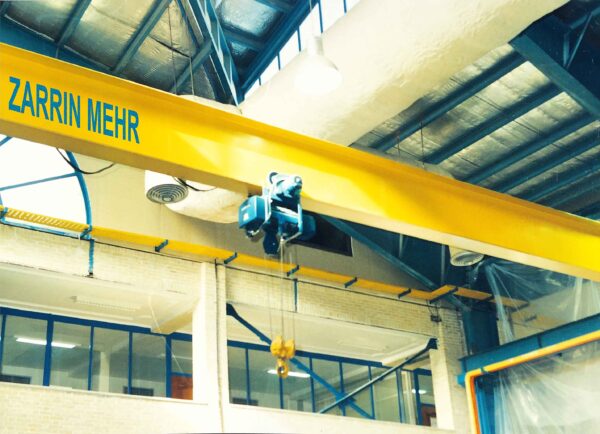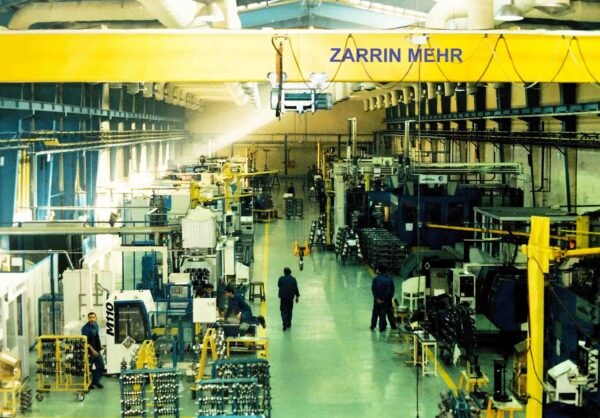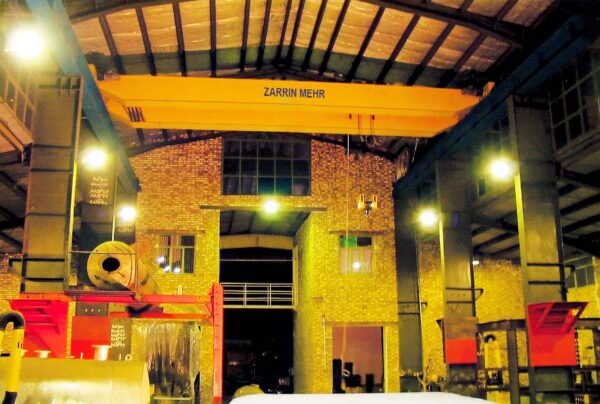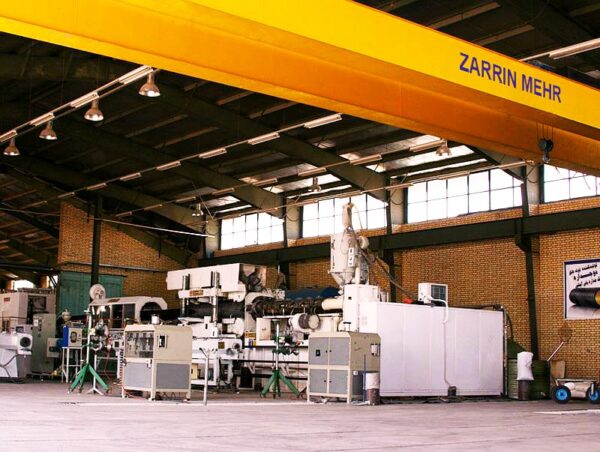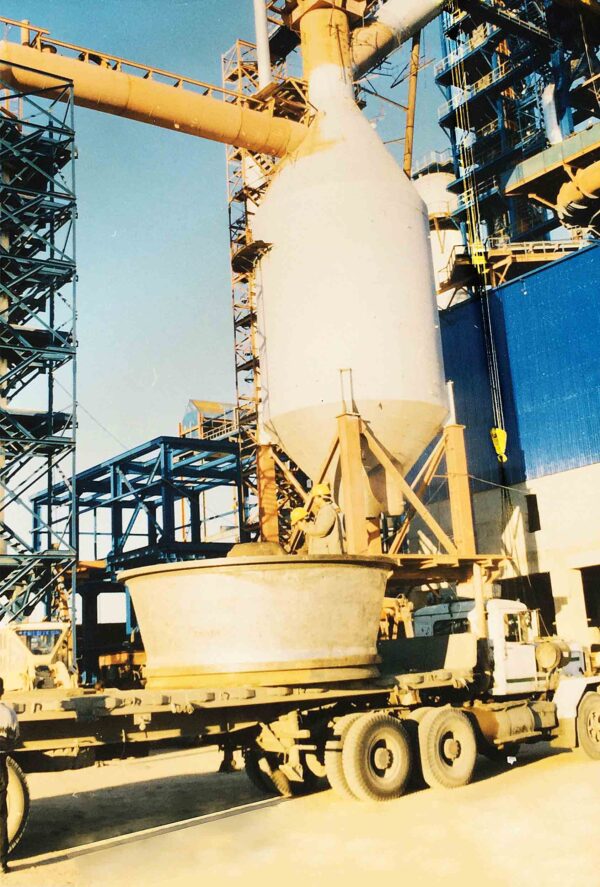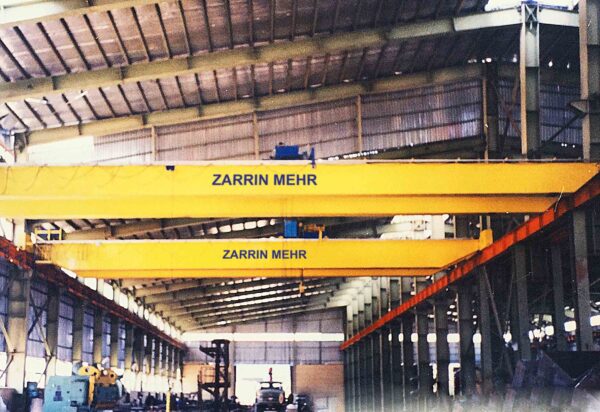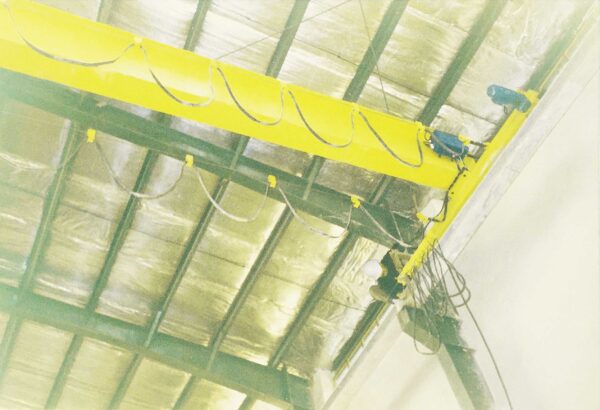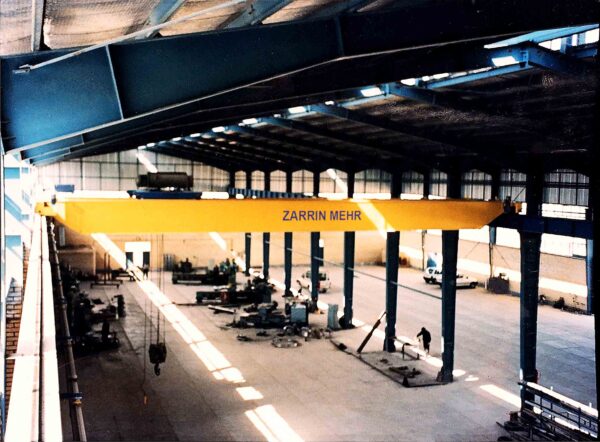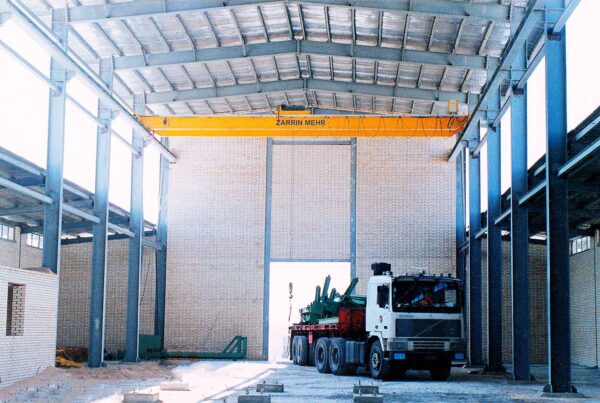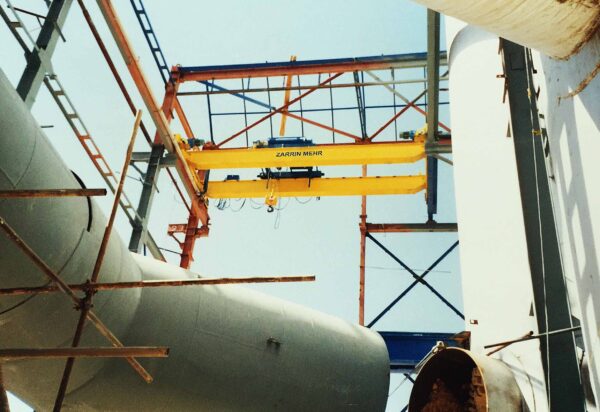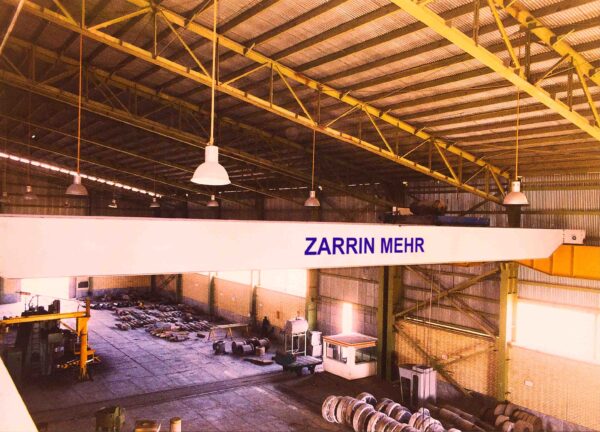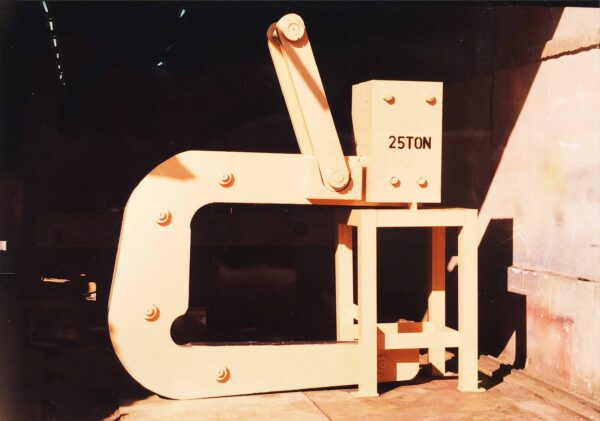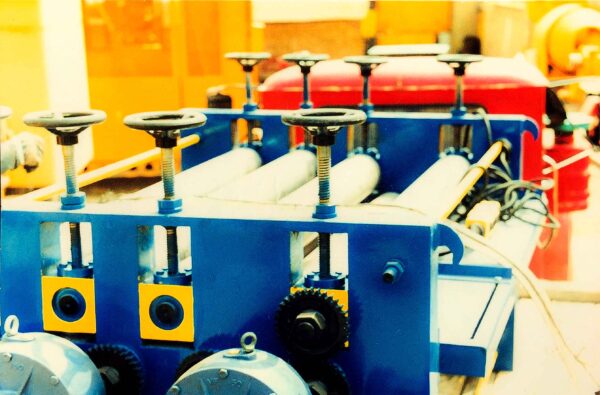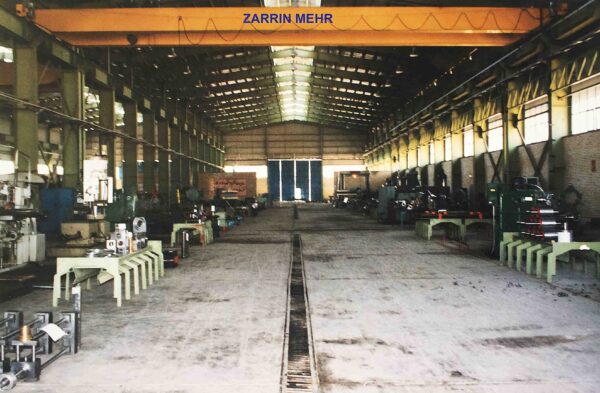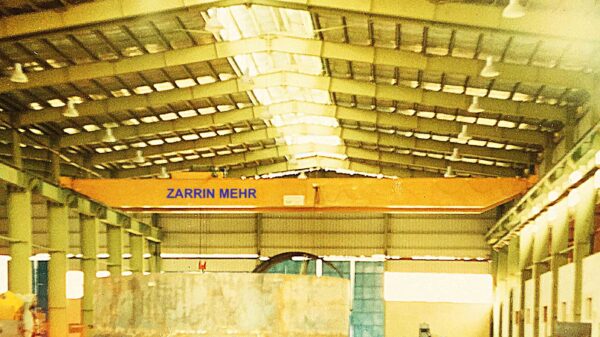The speed of the hoist and trolley on a gantry crane can vary significantly depending on the design of the crane, its intended use, and the specific operational requirements. Here are some aspects to consider:
Hoist Speed:
- Lifting Speed: This is the speed at which the hoist can lift or lower a load. Industrial cranes might have lifting speeds ranging from a few feet per minute (fpm) for very heavy loads to as much as 100 fpm for lighter loads.
- Variable Speed: Some modern electric hoists come with variable speed controls, allowing operators to adjust the lifting speed based on the needs of the specific task.
- Dual Speed: Some hoists have a dual-speed functionality, where operators can switch between a high speed for unloaded or light operations and a low speed for more precise or heavy lifting.
Trolley Speed:
- Traverse Speed: This is the speed at which the trolley moves horizontally along the crane’s girder or beam. It can also vary widely depending on the crane design and operational requirements, often ranging from around 20 to over 100 fpm in industrial settings.
- Manual vs. Motorized: In smaller, manually-operated cranes, the trolley is moved by pushing it along the beam. The speed is then entirely dependent on the operator. In motorized systems, the speed can be precisely controlled.
Factors to Consider:
- Operational Needs: The required speed will depend on your specific operational needs. Faster speeds might be necessary for high-volume or time-sensitive operations, while slower speeds may be needed for tasks requiring high precision.
- Load Type: Different types of loads may require different speeds. For example, fragile or volatile materials may need to be moved more slowly.
- Safety: Faster speeds can be more hazardous and require additional safety measures, such as enhanced braking systems or speed limiters.
- Energy Efficiency: The speed of operation can also impact energy consumption, so energy-efficient motors and controls may be a consideration for continuous or high-speed operations.
- Regulations and Standards: Ensure that the speed capabilities of your crane comply with any applicable regulations or industry standards, which may set limits on maximum or minimum speeds for safety reasons.
- Customization: Many manufacturers offer customization options, allowing you to specify the desired speeds based on your operational needs.
Always consult with crane manufacturers, engineers, and safety experts to determine the appropriate speed capabilities for your specific applications and to ensure that they meet all relevant safety standards and regulations.


